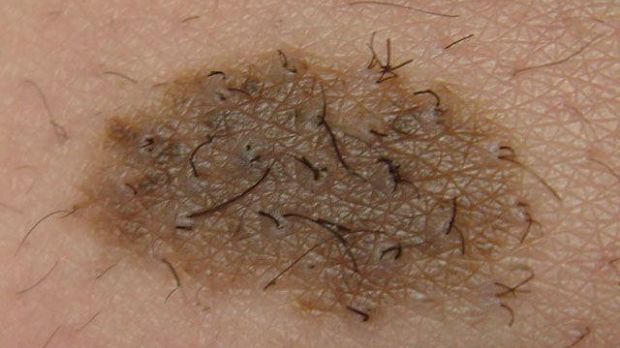
Genetic Information for Patients with Mosaic Disorders
April 2, 2018Mosaic disorders, which include epidermal nevus syndromes (ENS) such as nevus sebaceus, keratinocytic epidermal nevus, nevus comedonicus, and Becker’s nevus, have varied genetic factors that contribute to their development. These genomic discoveries are expanding rapidly and a recent review looked at advances in the genetic knowledge about these disorders and highlighted promising findings. The review …




